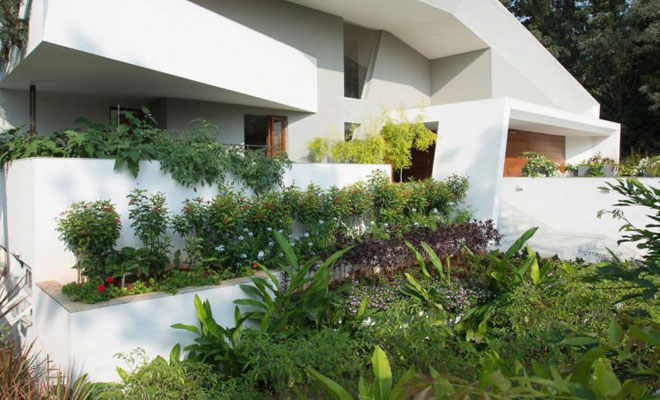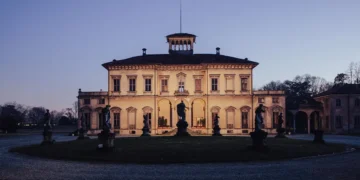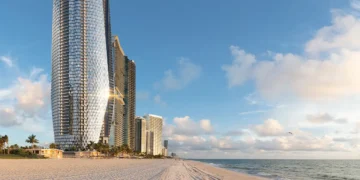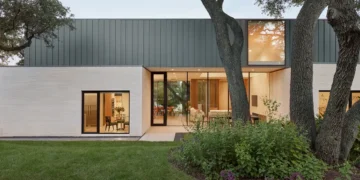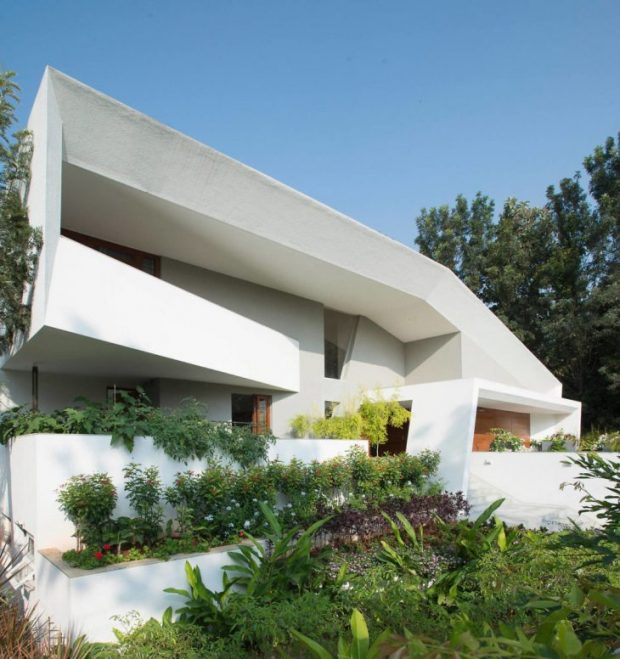
For many people, the exterior of their home is just as important as the interior. After all, it’s what people will see when they’re passing by, and outdoor living spaces can be just as comfortable as the rooms inside much of the year.
But what if your outdoor spaces are in serious need of a makeover? Use this step-by-step guide to create the lawn and garden you’ve always wanted.
Read more after the jump:
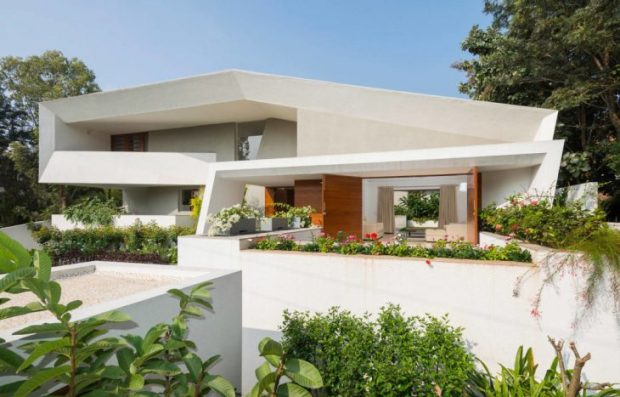
Come Up With a Plan
You can redesign your garden on a budget as long as you have a clear idea of what you want and you’re willing to do some of the work. Preparing ahead of time and creating a landscaping plan will keep you focused on the features you really want. Decide on the look you want to achieve, supplies you’ll need and map out the areas that will be getting a makeover. Graph paper can make the last part a lot easier.
Start With the Grass
If you’re lucky the lawn is lush and only needs a good mowing. But most homeowners aren’t that lucky. A beautiful lawn requires maintenance, and you have to have the right type of grass or it will be a challenge to keep thriving.
There are three options to consider when you’re redoing the lawn:
Seeds – Planting grass seeds won’t provide an immediate payoff, but it is the most cost-effective option and it gives you the most grasses to choose from. A native seed company will have a great selection of grasses, which is ideal if you want something besides tall fescue and Kentucky bluegrass (not that there’s anything wrong with picking those.) Get yourself a spreader and some fertilizer and you can seed the lawn in a day, but it will take the grass about 2-4 weeks to grow.
Seedlings – Seedlings are the lesser known option of the three. A seedling is a seed that has just sprouted so it’s a little more mature. The trade-off is that seedlings are much more time-consuming to plant because they must be planted one by one
Sod – This is the easiest option since the grass is already grown, but it’s also the most expensive. You may also have a limited selection of grasses if you choose to go with sod.
No matter which option you choose, you’ll want to test the soil and prepare it before planting. All existing grass will need to be removed, and a tiller may be needed if the soil is compacted. Once the grass seeds or sod are planted you’ll need to water it daily to maintain moisture levels while the grass grows in.
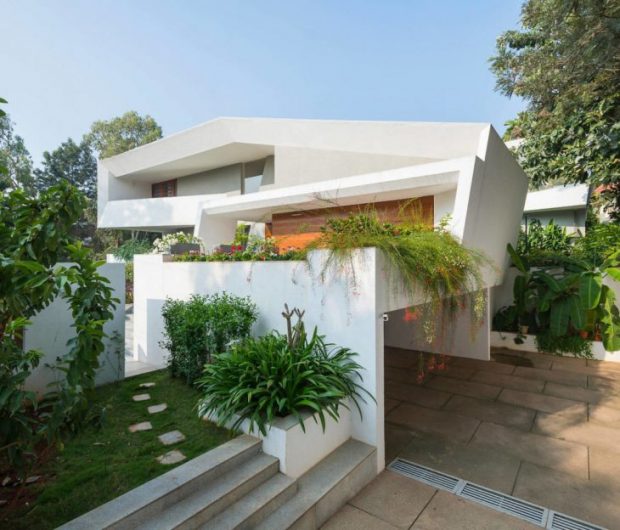
Build Your Garden Beds
Now that your foundation (grass) is in place it’s time to get the garden beds going. Your plan should have noted where you want to locate garden areas. Putting garden beds around the front of the home, the walkway to the front door and back fence line are popular options. You may also want to square away space to a vegetable garden, which will require more room.
Where you place your garden beds will influence what you plant. Both sunlight and water drainage are factors that have to be considered. You’ll also need to consider how much spacing there needs to be between the plants. Another important note: know your plant hardiness zone. This gives you an idea of which plants are suitable and sustainable in your area.
You can choose to add a border to frame in the garden bed or leave it open. Either way, mulch is your garden’s best friend. Mulch can add an attractive element, but it also helps maintain moisture, prevent soil erosion and control weeds.
Add Structural Elements
Now it’s time for the heavy lifting. Structural elements (also known as hardscaping) like a new fence, retaining walls, decks or pergolas make the garden more secure and comfortable for entertaining. You can complete these larger projects at the end of the garden makeover, but if there’s a chance it will compact the soil or disturb the turf go ahead and get it done first.
Structural elements are a big investment. If you’re working with a limited budget it’s okay to complete the structural elements one-by-one over time. Keep in mind you may also need to get a permit for some projects, like fences that exceed six feet in height.
